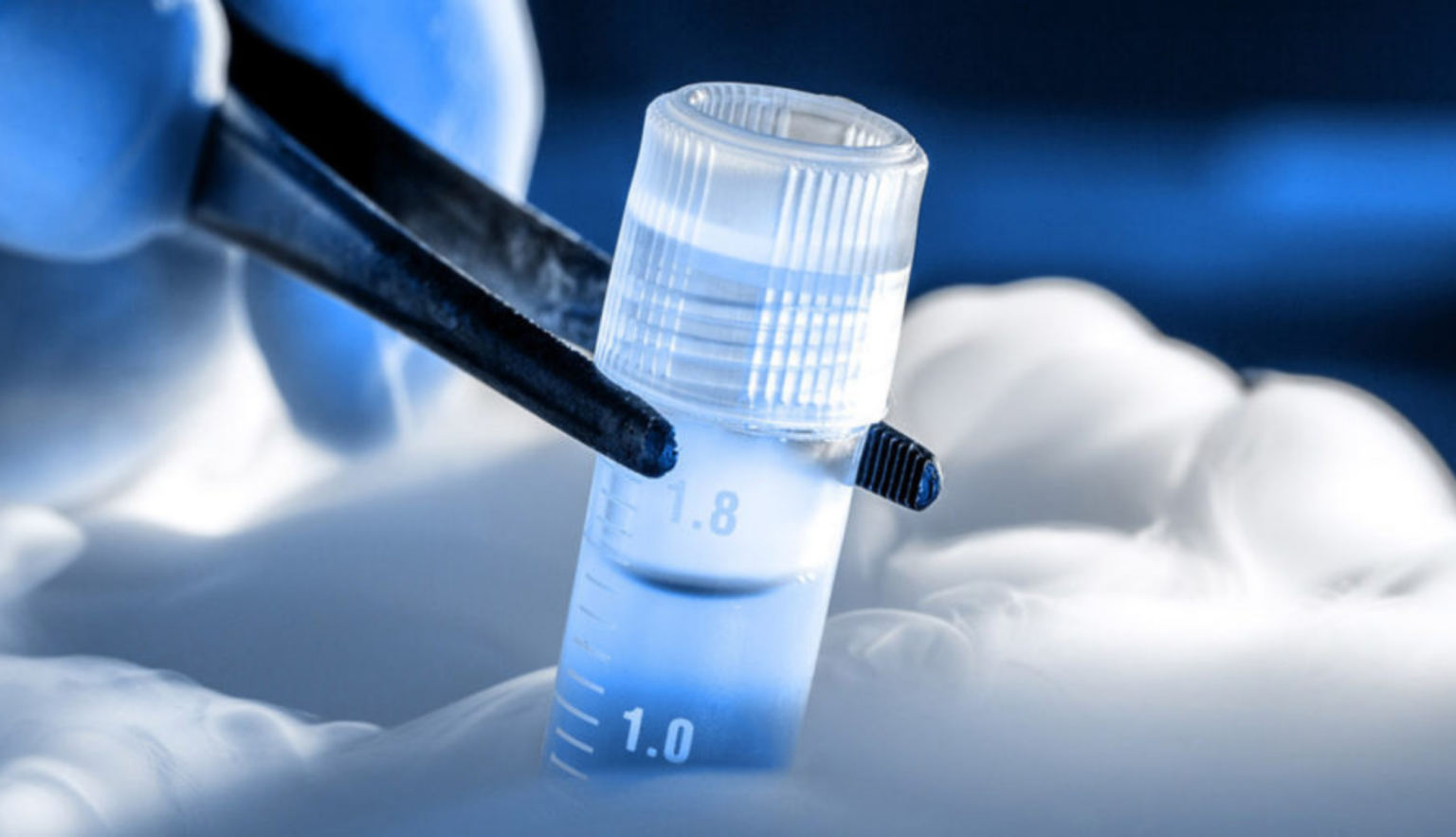GeneForte™ is an international leader in innovative regenerative medicine practices.

For the last decade, Dr. Kristofer T. Chaffin has been an advocate for regenerative medicine. He has given presentations all over the world on this topic. He helped launch 41 clinics in the United States starting in 2015 and more recently helped clinics in South America and the Middle East with their regenerative medicine practices. He has helped facilitate treatment for patients from 6 continents and continues to strive to make regenerative medicine an option for everyone who may benefit from its natural healing properties.
Though great progress has been made in medicine, current evidence-based and palliative treatments are increasingly unable to keep pace with patients’ needs, especially given our aging population. There are few effective ways to treat the root causes of many diseases and injuries. In many cases, clinicians can only manage patients’ symptoms using medications or devices.
Regenerative medicine is a game-changing area with the potential to heal damaged tissues and organs, offering solutions and hope for people with conditions that today are beyond repair.
Regenerative medicine itself isn’t new — the first bone marrow and solid-organ transplants were done decades ago. But advances in developmental and cell biology, immunology, and other fields have unlocked new opportunities to refine existing regenerative therapies.
Rejuvenation: Rejuvenation means boosting the body’s natural ability to heal itself. Though after a cut your skin heals within a few days, other organs don’t repair themselves as readily. But cells in the body once thought to be no longer able to divide (terminally differentiated) — including the highly specialized cells constituting the heart, lungs and nerves — have been shown to be able to remodel and possess some ability to self-heal.
Replacement: Replacement involves using healthy cells, tissues or organs from a living or deceased donor to replace damaged ones.
Regeneration: Regeneration involves delivering specific types of cells or cell products to diseased tissues or organs, where they will ultimately restore tissue and organ function. This can be done through cell-based therapy or by using cell products, such as growth factors. Bone marrow transplants are an example.